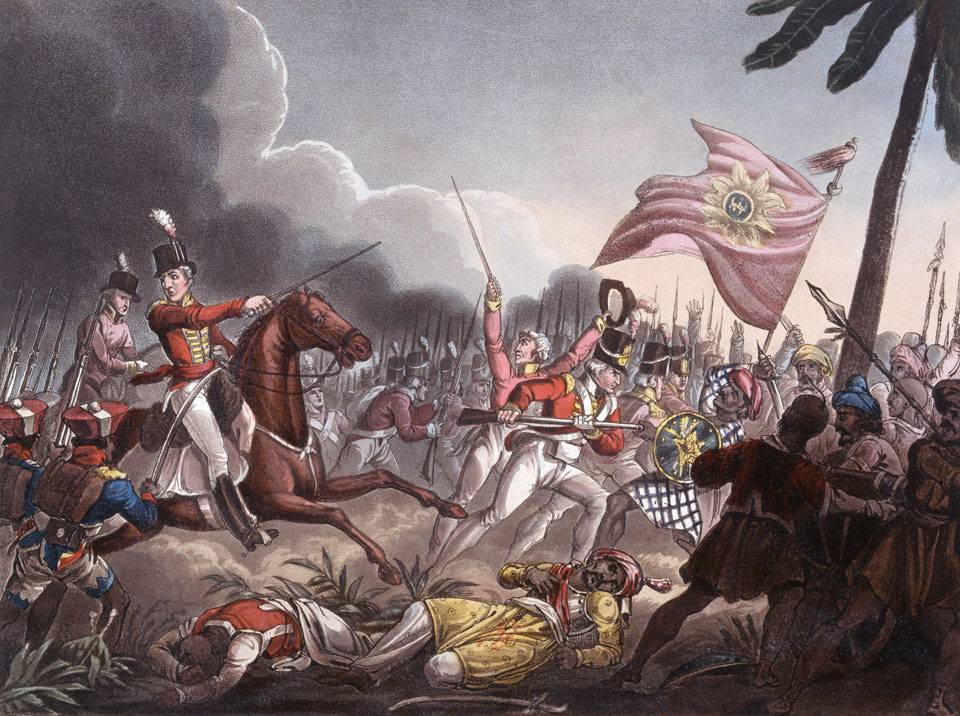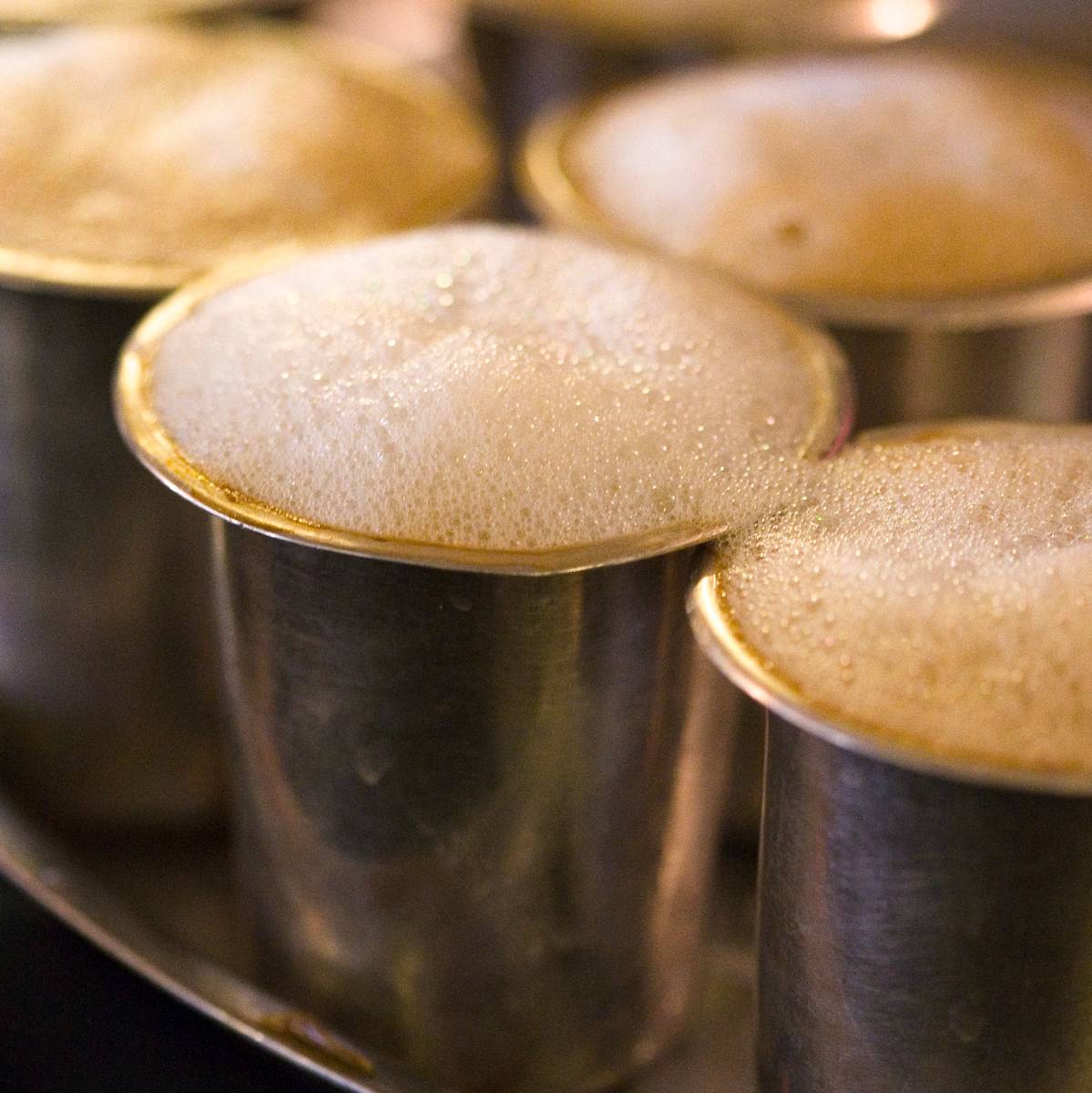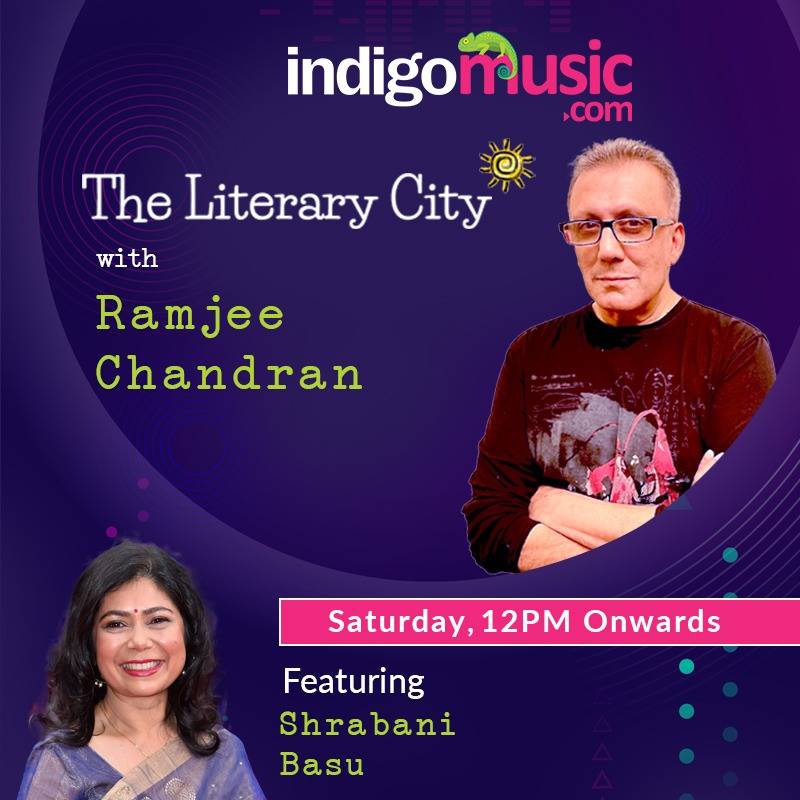How I Fought The Battle Of Assaye Road In Bangalore
No doubt smitten by the fulsome aunties of his neighbourhood—the schoolboy launched into a rather detailed, and clearly implausible tale about a certain housewife he knew, to be one who would support his theory. An insatiable goddess of rumpy-pumpy. He finished his story with the flourish of a conviction-filled QED, “So that’s why Indian women are much better than all these foreign women!”
Jun 29, 2022, 13 29 | Updated: Jul 05, 2022, 19 12
I decided to walk home from a cafe on Ulsoor Lake, half an hour briskly, braving dismemberment by automobile, and possibly, concussion followed by death.
I did this because I wanted to walk the length of Assaye Road.
Ever since William Dalrymple—a recent guest on my podcast The Literary City (listen to the episode below)—told me that he had accompanied the current Duke Of Wellington to the site of a battle fought by the peer’s ancestor, the former Duke of Wellington, I was interested to know more.
I figured he was talking about the Battle Of Assaye.
Assaye was a battle in the Second Anglo-Maratha War.
It’s called that even though the spat was mainly between Indian kingdoms and, like most Indian history, is fraught with more nested loops of enmity than a soap opera.
The Maratha Empire was at first a timeshare with Peshwa, Holkar, Scindia, Bhonsale and Gaekwad buying in—with Berar, the Mughal subah, putting in a cameo in this soap.
Holkar fought Scindia and Peshwa. Holkar and Scindia had a private disagreement and would not talk to each other.
Bhonsale and Berar didn’t like the agreement—the Treaty Of Bassein thing—that Peshwa had gone and signed with the East India Company.
Holkar really hated Peshwa for his Tory Party leanings and let his feelings be known.
And then, if this wasn’t enough, Scindia had designs on Hyderabad and that got the Nizam’s undies in a twist. Anyway, Holkar had already once attacked the Nizam because the Nizam wasn’t paying his EMIs on time or so. And Scindia now started marching into Hyderabad.
Finally, unable to take any more, Peshwa turned to the neighbourhood bullies, the East India Company, for help.
It all ended in tears.
Major General Arthur Wellesley (later, Duke of Wellington) decided to stop Scindia. And Scindia found he had no friends.
Holkar refused to get involved. He folded his arms and looked away, pretending not to notice. Gaekwad had pulled a Peshwa and had placed himself under Brit protection, so he was of no use.
On the 21st of September 1803, Wellesley, with a comparatively small army, successfully attacked Scindia in Assaye, a small village in Maharashtra.
The bulk of Wellesley’s forces were East India Company troops from Mysore—they were sepoys of the Madras Native Infantry and the Madras Native Cavalry.
These ferocious Madras Regiment sepoys were not to be messed with. Their battle cry—they have an official battle cry—is, or was:
“VEER MADRASSI, ADI KOLLU! ADI KOLLU!! ADI KOLLU!!!”
which translates to:
“Brave men of Madras, HIT, KILL! HIT, KILL!! HIT, KILL!!!”
(The exclamation marks are mine…like that disclaimer matters. There is no refined alternate translation, by the way. It is exactly as it reads. And you may pronounce it like this: UHDD-DEE, KOHL-LIRH, not KOHL-OOO.)
Ferocious or not, if I have an army working for me, I could not possibly object if their motto happened to include the job definition.
By contrast, the motto for the Royal Queensland Regiment is sweet and touching.: “Pro Aris et Focis” (Latin for “For Altars and Hearths").
I can only assume by these mottos, that while these Aussie troops compose wedding vows and contemplate slippers by the fireside, the Madras Regiment are men of the active verb with no affectation to domestic bliss.
ADI, KOLLU!
ADI, KOLLU!!
ADI, KOLLU!!!
Now about Bangalore. And I.
I live in a neighbourhood close to Assaye Road, which borders one wall of the Madras Sappers area.
The Madras Sappers—officially the Madras Engineer Group (MEG) and formed in 1780—was an important part of the Battle Of Assaye and won battle honours for their efforts. And that's how a street in Bangalore adjoining the MEG came to be named after a battle in a small village in Maharashtra.
And because Dalrymple got to go with Wellington to Assaye, I thought I would at least walk home via Assaye Road.
I had with me a copy of Ramachandra Guha’s “Rebels Against The Raj”, which I had been reading in the cafe. So I was on the right side of history.
The walk was as uneventful as war.
The City had recently paved the sidewalks. And for one fantastic second I had romanticised that the entire walk home would be me, stopping to ponder the vicissitude of history that brought me to this street—owing to a passing mention by William Dalrymple—with two and a half centuries of the MEG on my right.
I would also stop to smell the flowering trees. And listen for birds that tweeted pointlessly—no different from the rest of social media.
First the garbage dump; rather, a “Garbage Collection Centre”. Scores of rag pickers were sifting through the refuse, hunting for things they could sell for recycling.
A young boy bumped into me, almost sending Guha’s magnum opus flying onto Assaye Road. I smiled at him and affectionately tousled his cranium. He hit me up for money. I told him, truthfully, that I carried no coin.
Garbage bags filled the sidewalks, so I had to step into the road and into the Cinerama-like experience of having a loathsome Bangalore bus brush my sleeve. The Bangalore Metropolitan Transport Corporation motto is “ADI KOLLU! ADI KOLLU!! ADI KOLLU!!!”
My head snapped a little. Not enough for an insurance claim by dint of hospitalisation. Darn.
It was pleasant for about three minutes, until I stopped by a flowering tree. There are several on Assaye Road. Each tree grows out of a hole in the sidewalk. You have to bob and weave around the trees to get past them. We Bangaloreans have no problem with doing that—we respect and protect trees in Bangalore.
Every single tree had a huge pile of garbage stuffed behind it, away from the line of sight of the traffic. Much of that garbage was wet from the rain. There is a rain water ditch running the length of Assaye Road, between the road and the Madras Sappers compound wall. The ditch is filled with rain water and garbage. The resulting chemical reaction is rank sewage.
Therefore, one cannot smell the flowering trees.
A little ahead, two women sat on the sidewalk. They were fortune tellers. Each had a captive parrot, whose job it was to pick out cards at random from a stack, and on the card that the parrot had picked, would be written your future.
To avoid knowing what the distant future held for me, I had to step out into traffic because there was no place to walk. I did not mind in the least. These women were trying to hustle a living for themselves and feed their children. I exchanged smiles with them and therefore, did not see the cyclist.
I stopped the cyclist with my body—and by holding on to his handlebars. He took the whole thing with karmic acceptance. In Bangalore, we are all about karmic stoicity.
Then, it was just after 3pm and St. Aloysius School emptied out. An intrusion of noisy and smelly schoolboys filled the sidewalks.
The thought of flowering trees receded further from my mind.
The Battle Of Assaye Road was nigh towards its conclusion.
And I would be Wellesley or walking dead.
Two highschool boys walked in front of me. They left no space as they walked abreast on the narrow sidewalk, their backpacks swayed heavy, weighted by the promise of knowledge. They walked slowly, absorbed in a video on their cell phone. They were completely unaware of my attempts to walk past them.
“Excuse me,” did not cut the mustard.
When I was about to get to the adi-kollu stage, I noticed that they were watching a porn video. I dropped back and decided to eavesdrop.
The video featured two endowed African-American ladies sharing a gentleman in a spirit of cooperation that had not come easily to the Marathas.
One of the boys instructed the other as sanguine schoolboys do. In a burst of ethnocentric patriotism, he told his young friend that these African-American ladies were no match for Indian women. My ears burned as he described them in what Wodehouse called “pitiless detail”.
This went on for a full four minutes and the video was forgotten as the boy’s presentation was vastly more compelling. And I forgot all about Dalrymple and Guha.
No doubt smitten by the fulsome aunties of his neighbourhood, the schoolboy launched into a rather detailed, and clearly implausible tale about a certain housewife he knew, to be one who would support his theory. An insatiable goddess of rumpy-pumpy. He finished his story with the flourish of a conviction-filled QED, “So that’s why Indian women are much better than all these foreign women!”
The young friend clearly wasn’t buying any of this. He issued a riposte in dismissal, the import of which only old Bangaloreans—particularly ones on Assaye Road—will understand to its cutting fullest.
“As if.”
Listen to the podcast episode – Factors And Fibonacci On The Golden Road With William Dalrymple – here:
Lead image: Close Up Of Arthur Wellesley by JC Stadler, National Army Museum, London








